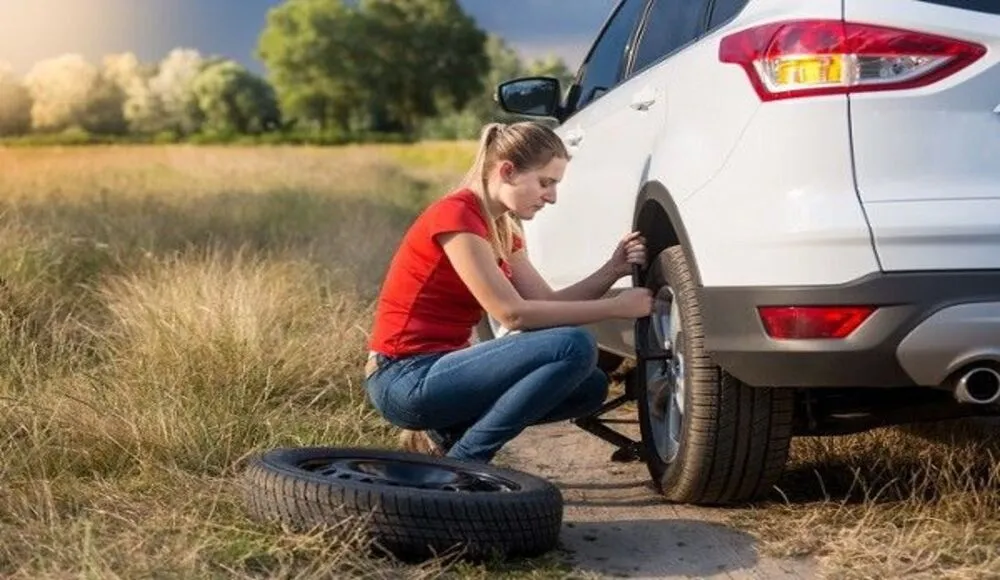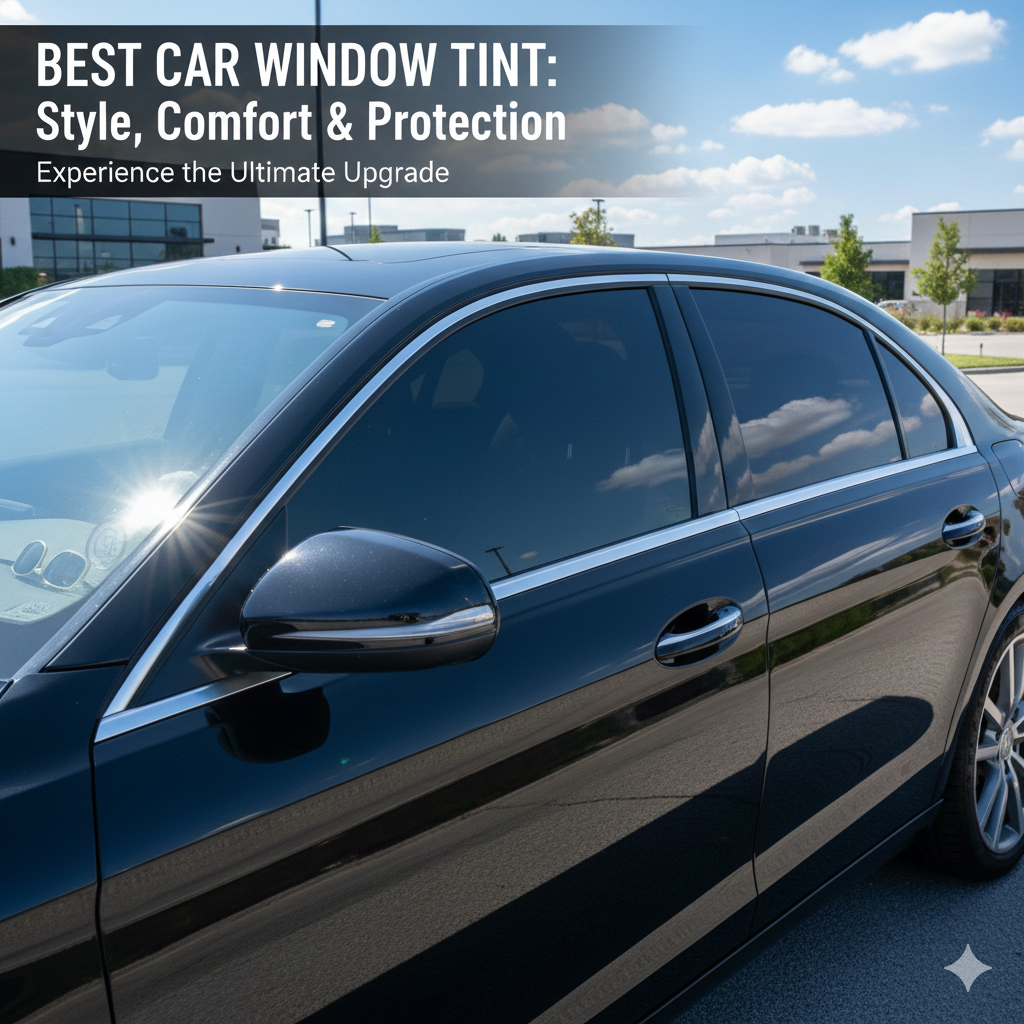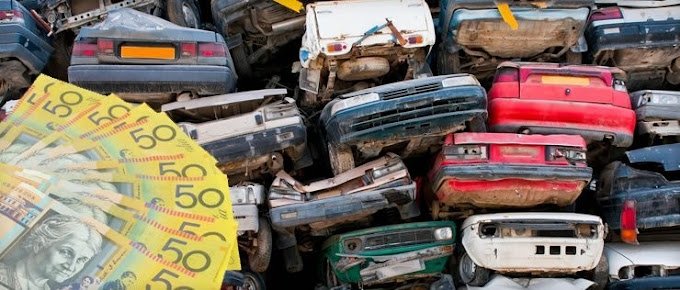Understanding the right time to replace your tyres is one of the most important parts of safe driving in the UAE. Roads here are smooth and well maintained, but the heat is intense, the distances are long, and the traffic conditions can be unpredictable. These factors place a heavy load on your tyres every single day. If your tyres are weak, worn, or damaged, you lose the grip and stability that keep your vehicle safe. Knowing when they need a change protects both your car and everyone riding with you.
Why Tyre Condition Matters for UAE Drivers
Driving across Dubai, Abu Dhabi, Sharjah, or the northern emirates exposes your tyres to extreme environments. The hot asphalt increases the internal pressure of the tyres, which affects the way they handle.
High temperatures also weaken the rubber over time, even if you do not drive daily. Since tyres are the only point of contact between your car and the road, any weakness can reduce braking power, steering control, and traction.
When tyres are worn, they cannot grip the road properly. This affects stopping distance, especially during sudden braking or sharp turns. Many drivers are surprised by how a slightly worn tyre can double the braking distance at highway speeds.
Poor tyre condition also reduces fuel efficiency. A tyre with low tread or incorrect pressure increases rolling resistance, which makes your engine work harder and burn more fuel. Over time, this becomes expensive for daily commuters and long-distance travellers.
One of the biggest dangers is a blowout, which can happen without warning. High speed routes like Sheikh Zayed Road or Al Khail Road make this risk even more serious. A blowout at high speeds is difficult to control, especially if the car is fully loaded or travelling in hot weather. This is why tyre condition is not only a maintenance matter but a safety requirement.
How Heat and Terrain Affect Tyre Lifespan
Tyres in the UAE face some of the toughest conditions in the world. Summer temperatures can push road surfaces to more than 60 degrees Celsius. The heat softens the rubber and slowly breaks down the chemical structure of the tyre. As the compound weakens, cracks form, the tread hardens, and the tyre loses flexibility.
Sand also plays a big role. Fine desert sand acts like sandpaper, wearing down tyre tread much faster than clean, cool roads in Europe or Asia. Drivers who regularly explore desert tracks or unpaved areas experience higher wear, even if their mileage is low.
High speed driving generates more internal heat inside the tyre. When internal heat mixes with the hot road surface, the tyre experiences extreme stress. If the tyre is already old or ageing, this combination increases the chance of sudden failure.
Why Regular Tyre Inspection Is Important
Many drivers rely on the annual vehicle test to check tyre condition, but a lot can change within a year. Nails, sharp stones, slow leaks, and sidewall damage can occur at any time. A quick monthly visual inspection helps detect early signs of trouble before they become dangerous.
A good inspection includes checking tread depth, sidewalls, air pressure, and any unusual wear patterns. Before long drives, this becomes even more important.
A minor issue on a local road can turn into a major breakdown on remote highways like the Dubai to Fujairah route. Routine checks save you time, money, and stress, and they help you identify early when your tyres should be replaced.
Clear Signs That Your Tyres Need Replacement
Your car gives several warnings when the tyres are no longer safe to use. Some signs are visible, while others can be felt or heard while driving.
Low Tread Depth
Tread depth is one of the most important indicators of tyre health. The legal limit in the UAE is usually 1.6 mm for passenger cars. However, experts recommend replacing them before reaching this minimum because traction decreases long before the tyre becomes completely bald.
Tread wear indicators are small rubber bars built into the grooves. If the tread surface is level with these bars, the tyre has reached its limit. Smooth tyres have almost no grip on sandy or wet roads. Even a small amount of loose sand can cause skidding if the tread is low.
Uneven Wear Patterns
Uneven tyre wear is a common sign of deeper mechanical issues. If one edge of the tyre is more worn than the other, it can indicate misalignment or suspension problems. If the centre of the tyre is worn, it may be over-inflated. If the edges are worn, the tyre is under-inflated.
These issues not only reduce tyre lifespan but also create unsafe driving conditions. The sooner you identify uneven wear, the sooner you can fix the cause and prevent more damage.
Cracks, Bulges, or Hard Rubber
Sidewall cracks appear when the rubber dries out due to long-term heat exposure. These cracks compromise tyre strength. Bulges or bubbles are more serious. They indicate that the inner layers of the tyre have separated. A tyre with a bulge can burst suddenly, even at moderate speeds.
Old tyres often develop a hard surface. When the rubber loses its flexibility, it cannot grip the road properly. Hard tyres are especially dangerous during emergency braking or cornering.
Performance Changes You Should Not Ignore
Some tyre problems reveal themselves through the way your car behaves while driving.
Unusual Vibrations
If your steering wheel shakes while driving, the tyres may be out of balance. Sometimes the vibration comes from internal tyre damage that cannot be seen from the outside. If balancing does not solve the problem, the tyre may need replacing immediately. Continued vibration can damage suspension parts and make driving uncomfortable.
Car Pulling to One Side
If your car drifts left or right while driving straight, it may be a sign of an alignment issue or uneven tyre wear. A car that constantly pulls to one side forces the driver to correct the steering, which is tiring and unsafe on crowded roads.
Increase in Road Noise
Healthy tyres run quietly. A sudden increase in noise, such as humming or thumping, often comes from irregular wear. As the tread wears unevenly, the tyre creates more noise on the asphalt. This sound becomes louder at higher speeds. Paying attention to unusual noise helps identify problems early.
When Tyre Age Alone Means Replacement
Many drivers assume that as long as the tread looks good, the tyre is safe. In the UAE, this is not always true. Heat causes rubber to age faster than in cooler climates. Even unused tyres start to deteriorate over time. Most experts recommend replacing tyres every three to four years, even if the tread seems fine.
Understanding the Manufacturing Date
Every tyre has a manufacturing date printed on the sidewall. The DOT code includes a four digit number. The first two digits show the week of manufacture and the last two show the year. For example, a tyre marked 2621 was made in the twenty sixth week of 2021. Checking this date ensures that you are not using old stock tyres or expired spare tyres.
When New Looking Tyres Are Not Safe
Spare tyres often look brand new but may be several years old. Oxidation hardens the rubber even if the tyre has never been used. Classic cars and weekend vehicles often face this issue.
The tread appears perfect, but the tyre has lost its flexibility and grip. In some cases, ageing tyres exposed to long term heat may require professional Tyre Replacement in UAE to ensure safe performance on busy roads.
How to Extend Tyre Life on UAE Roads
Proper care can extend tyre life and delay replacement costs.
Maintain Correct Air Pressure
Tyre pressure changes with temperature. Hot weather expands the air inside the tyre. Under pressure causes the tyre to sag, while over pressure wears out the centre. Check pressure early in the morning when the tyre is cool. This small habit improves fuel efficiency and prevents early wear.
Rotate Tyres Regularly
Front and rear tyres wear differently. Rotating them every ten thousand kilometres ensures even wear across all tyres. This helps you get the maximum lifespan from your set.
Wheel Alignment and Balancing
Hitting a curb or pothole can disturb wheel alignment and balancing. Poor alignment causes rapid wear and reduces steering control. Balancing ensures the tyre spins smoothly. Getting these services checked during oil changes or routine maintenance prevents long term tyre damage.
Frequently Asked Questions
How often should drivers check their tyres?
A quick visual inspection every month is recommended, along with a check before long trips.
What is the average tyre lifespan in the UAE?
Most tyres last three to four years in local conditions due to the heat.
Is low tread the main reason for tyre replacement?
Yes, low tread affects grip and increases stopping distance.
Can you drive with small cracks on the tyre?
No, small cracks can expand quickly in heat and lead to blowouts.
Do worn tyres increase fuel consumption?
Yes, worn tyres increase rolling resistance and make the engine work harder.
Conclusion
Knowing when to replace your tyres is essential for safe and confident driving in the UAE. The heat, the long distances, and the constant pressure on the tyres demand regular attention.
By checking tread wear, monitoring tyre age, listening for unusual noises, and keeping proper pressure, you protect yourself and everyone on the road. Tyre care is more than a routine task. It is a commitment to safety, comfort, and peace of mind every time you drive.



